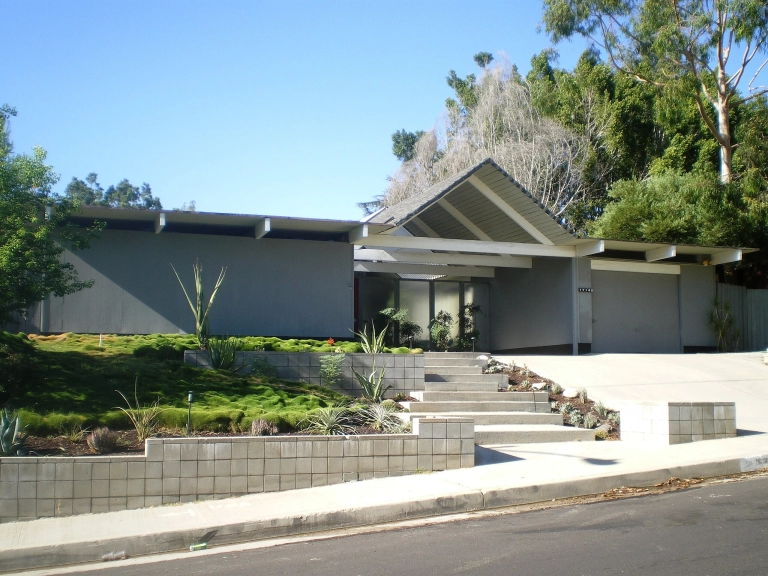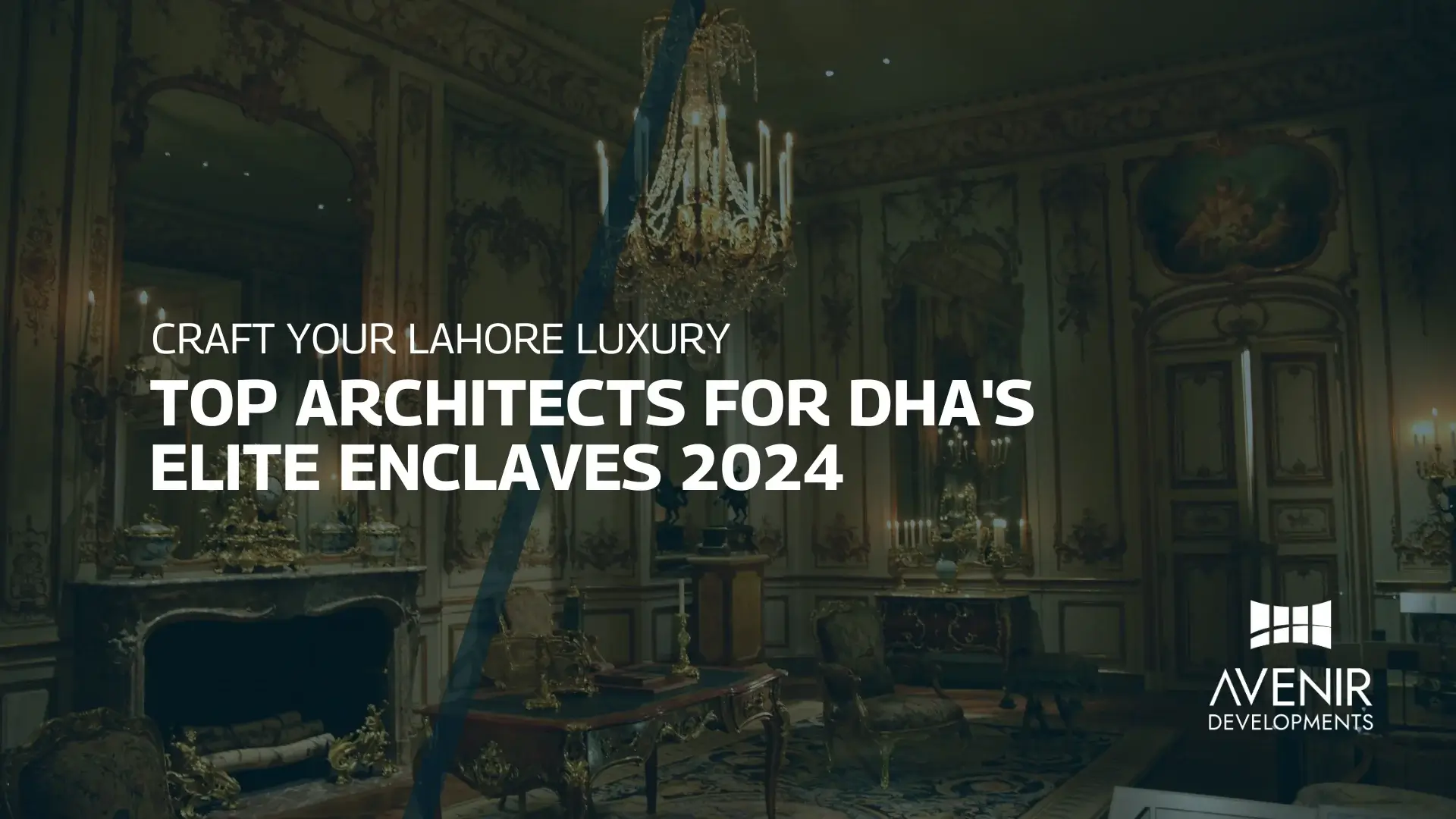Interior Design, Architecture, Residential, Residential Apartments, Mid-Century Modern Architecture
Mid-Century Modern architecture emerged in the mid-20th century and continues to captivate design enthusiasts with its clean lines, organic forms, and functional simplicity. In this blog post, we will explore the essence of MCM architecture, its key characteristics, enduring influence, and its relevance in contemporary design. MCM architecture refers to a design movement that emerged between the 1940s and 1960s, primarily in the United States. It reflects a departure from traditional architectural styles, embracing a fresh approach that blends form and function.
Key Characteristics:
-
Clean Lines: Mid-Century Modern design emphasizes clean, straight lines, creating a sense of simplicity and visual harmony.
-
Organic Forms: Inspired by nature, this architectural style incorporates organic shapes and curves, blurring the boundaries between the indoor and outdoor spaces.
-
Open Floor Plans: Mid-Century Modern homes feature open, flowing spaces that promote a sense of connectivity and interaction.
-
Abundant Natural Light: Large windows, glass walls, and skylights are common in Mid-Century Modern architecture, allowing ample natural light to flood the interiors.
-
Integration of Nature: Mid-Century Modern design celebrates the surrounding environment by incorporating elements such as indoor gardens, courtyards, and expansive outdoor living areas.
-
Use of Modern Materials: The style embraces new materials of the time, such as steel, glass, and concrete, showcasing the technological advancements of the era.
Enduring Influence:
Mid-Century Modern architecture continues to inspire contemporary design. Its timeless appeal and focus on functionality have made it a popular choice among homeowners, architects, and interior designers.
Relevance in Contemporary Design:
Contemporary interpretations of Mid-Century Modern design incorporate its principles while adapting to modern lifestyles and sustainability practices. The style’s emphasis on simplicity, open spaces, and connection with nature aligns with the desire for minimalist living and sustainable architecture.
Conclusion
Mid-Century Modern architecture remains a significant design movement that continues to inspire and influence contemporary aesthetics. Its clean lines, organic forms, and functional simplicity create spaces that are timeless, inviting, and harmonious. Whether preserving the architectural integrity of original Mid-Century Modern homes or incorporating its elements into modern designs, this style continues to shape our built environment.
#NORAResidences #AvenirDevelopments #AvenirMeansFuture #Apartments #MidCenturyModern #CleanLines #OrganicForms #OpenFloorPlans #NaturalLight #IndoorOutdoorLiving #SustainableDesign #Minimalism #ArchitecturalInfluence #TimelessAesthetics







